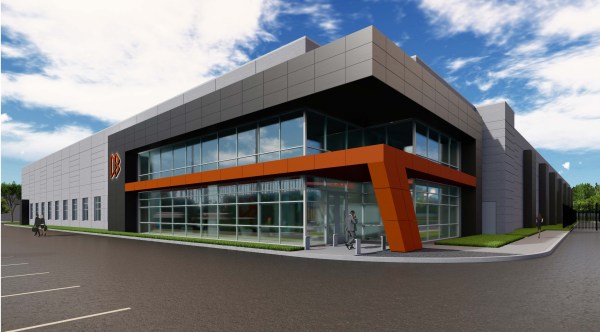Like many businesses, data center operators are under strong pressure to operate as sustainably as possible. The biggest concern is their carbon footprint. Other areas of concern include their water usage and their general production of waste. Here is a quick guide to the measures data center operators are taking to improve their sustainability.
Minimizing their carbon footprint
Most data centers are taking a two-pronged approach to minimizing their carbon footprint. The first step is to reduce their use of energy. The second is to ensure that as much as possible of that energy comes from sustainable sources.
Reducing the use of energy
Probably the single biggest factor in making data centers more energy-efficient is the adoption of innovative cooling solutions. Data centers are also deploying energy-efficient equipment and implementing energy-efficient working practices. Here is a closer look at each of these three measures.
Energy-efficient cooling solutions
Innovative cooling solutions use less energy than traditional cooling solutions. In fact, some passive cooling systems require no energy at all (e.g. hot aisle cold aisle containment).
Another benefit of innovative cooling solutions is that they can usually be controlled with a much higher level of precision. Moreover, this control can often be managed through automation.
This means that cooling solutions can be adjusted dynamically so they only ever use the minimum amount of energy required to achieve the desired temperature.
Energy-efficient equipment
Manufacturers of IT hardware and infrastructure components have been working hard to improve the energy efficiency of their products. In particular, semiconductor (processor) and storage technologies have improved significantly over recent years. Power supplies have also become noticeably more efficient.
As with innovative cooling solutions, the main benefit of deploying energy-efficient equipment is the reduction in energy usage. In the case of energy-efficient equipment, however, there is a key secondary benefit. This is that energy-efficient equipment generates less heat than traditional equipment. It therefore requires less cooling thus saving more energy.
Furthermore, as with cooling solutions, the power usage of energy-efficient infrastructure can usually be controlled both precisely and automatically. For example, features such as dynamic voltage and frequency scaling (DVFS) allow components to adjust their power usage in real time based on the workload, and sleep or idle states.
Energy-efficient working practices
Optimizing energy efficiency in data centers requires more than just deploying energy-efficient cooling, equipment, and infrastructure. It also requires using these resources effectively. Here are five common examples of energy-efficient working practices.
Virtualization: Allows multiple virtual machines to run on a single physical server, maximizing the utilization of server resources and reducing the need for additional physical servers.
Server consolidation: Involves reducing the number of servers by combining workloads onto fewer machines, which reduces energy consumption and cooling requirements.
Dynamic resource allocation: Uses software to monitor and manage the allocation of resources in real-time, ensuring that only necessary equipment is powered on and operating at optimal performance levels.
Regular maintenance and optimization: Includes updating firmware, adjusting configuration settings, and implementing best practices for energy management to ensure that equipment runs efficiently.
Demand-based switching: Powers down or puts to sleep underutilized servers and infrastructure during periods of low demand, automatically reactivating them when demand increases.
Using clean energy
There are two main ways that data centers can implement the use of clean energy. They can be used separately or together.
Deploying renewable infrastructure
Many data centers have the capability to generate at least some renewable energy on-site. The most common options are solar- and wind-power. Water- and geothermal power are technically possible but, practically, they are currently more challenging to implement. With that said, geothermal energy is available everywhere and is regarded as having a lot of future potential.
Buying clean energy
The other option for data centers is simply to contract with one or more providers of clean energy. Renewable energy generation is now predictable (i.e. reliable) enough to be viable as the default source of energy for data centers.
Reducing water usage
Although reducing water usage is less of a concern than reducing carbon emissions, it is still a consideration. Data centers are addressing this issue in three main ways.
Firstly, they are working to reduce the amount of water they use for their operations. Secondly, they are aiming to maximize their usage of water that would otherwise have been wasted. For example, many data centers try to recycle water that has already been used for one purpose such as cleaning. Thirdly, data centers try to return as much water as possible to the natural ecosystem.
Reducing general waste
The third key element of making data centers more sustainable is reducing the waste they produce. This is being achieved through the standard process of reduce, reuse, recycle. In other words, data centers are minimizing what they buy. They are aiming to repurpose what they have as much as possible. When that is no longer possible, they are ensuring that it is properly recycled.






